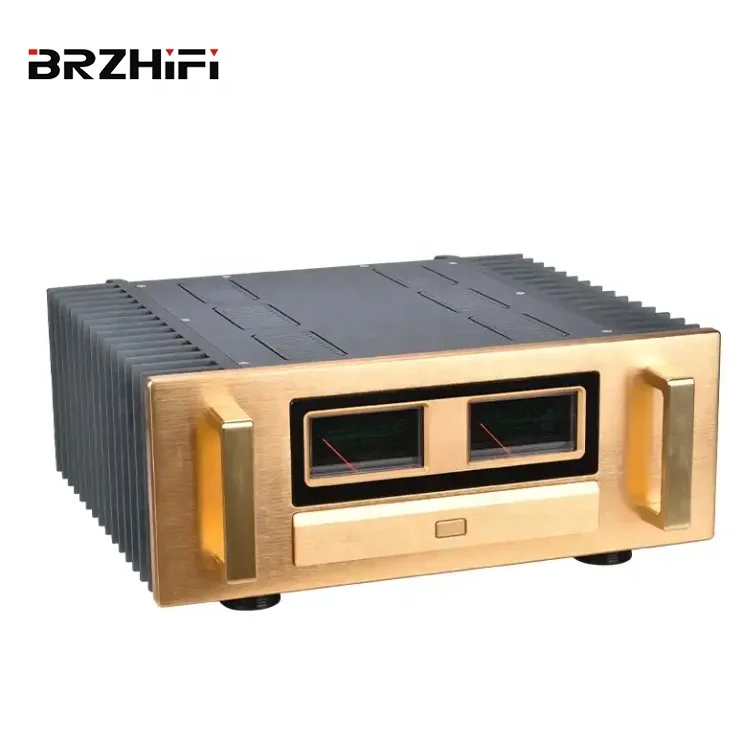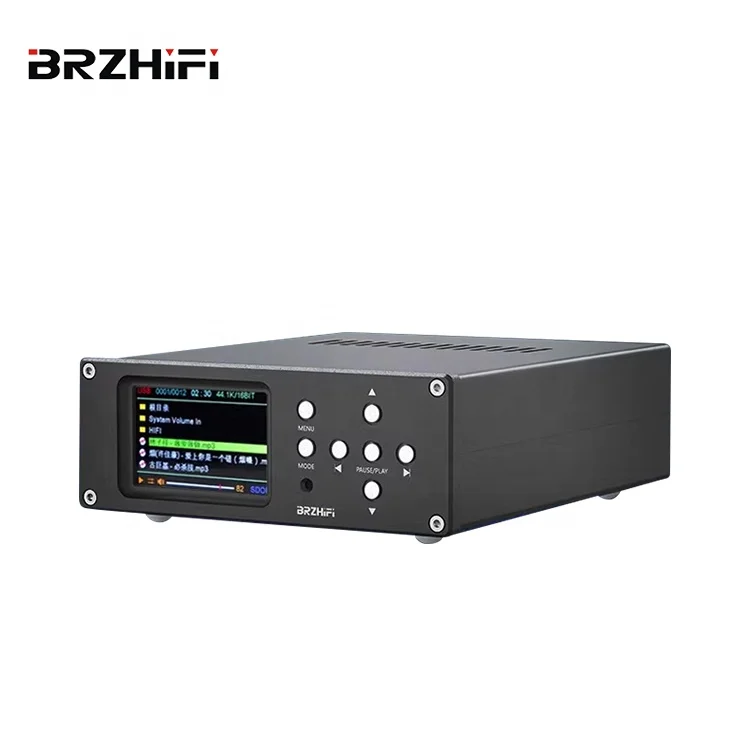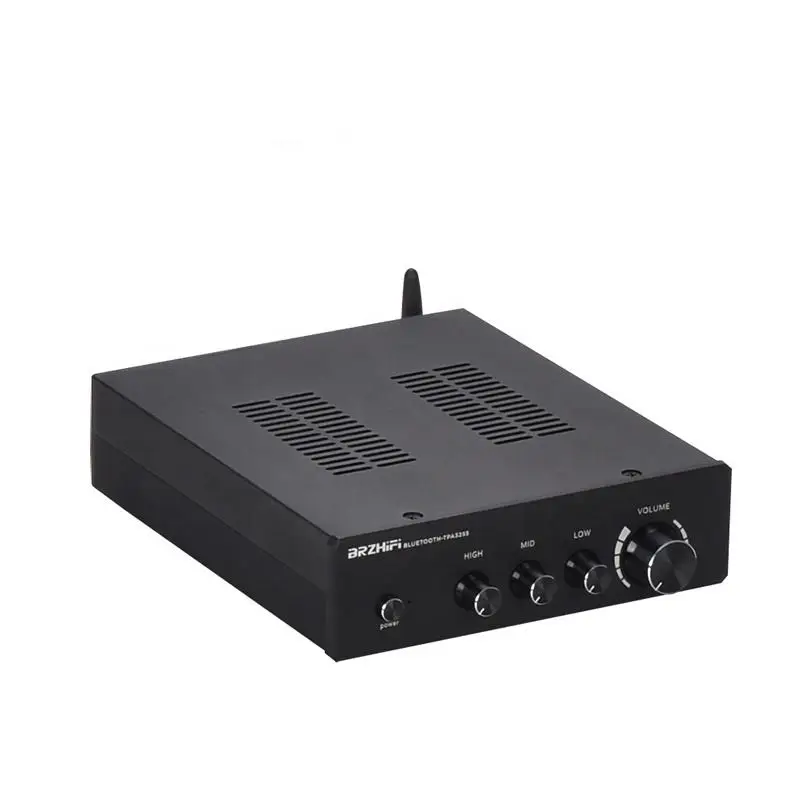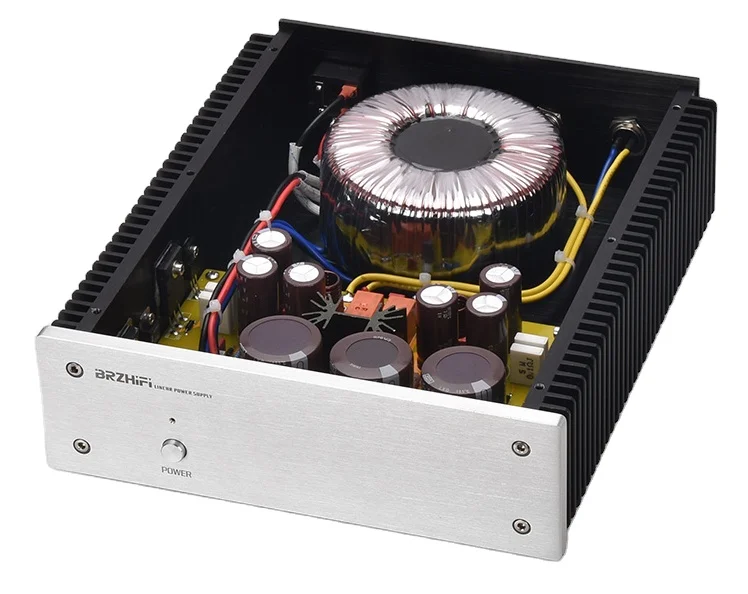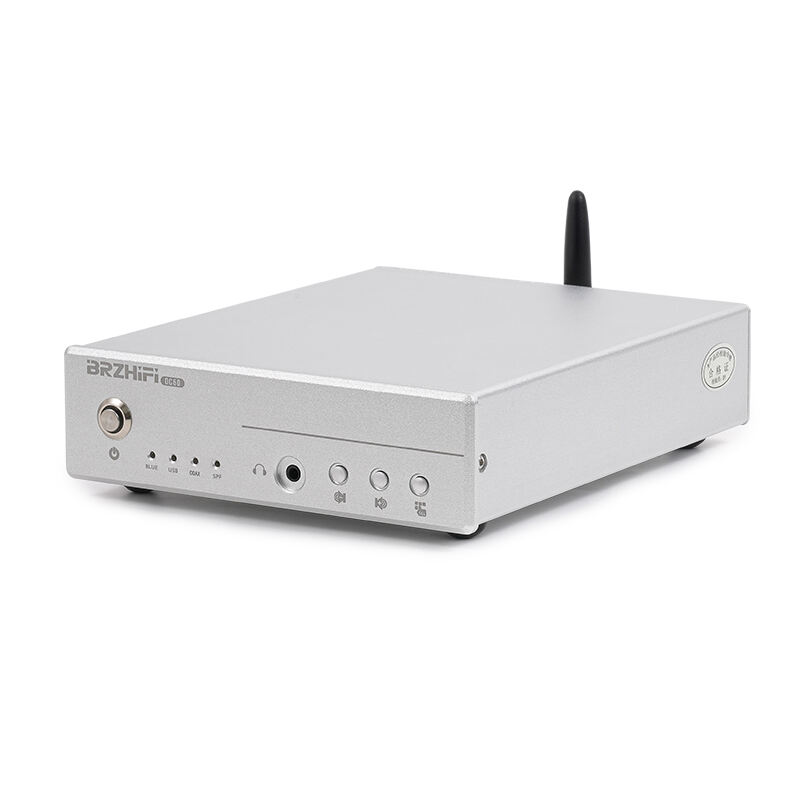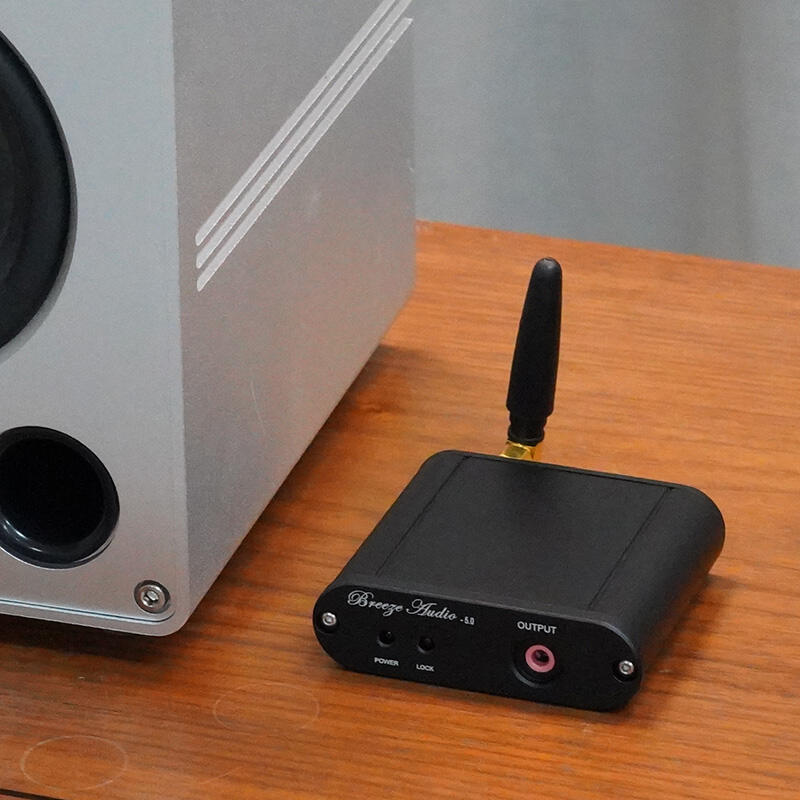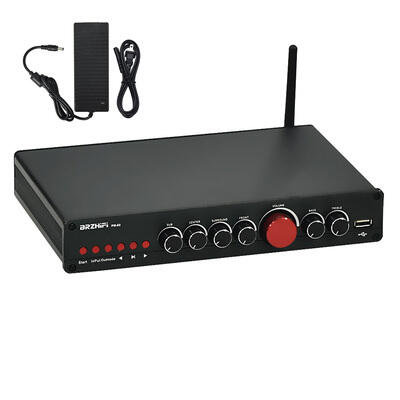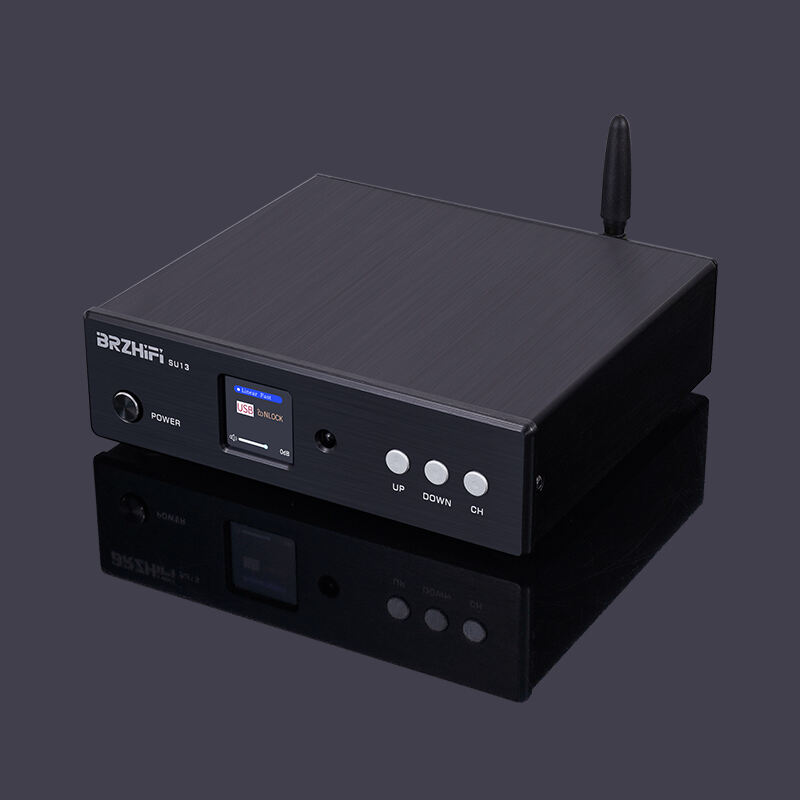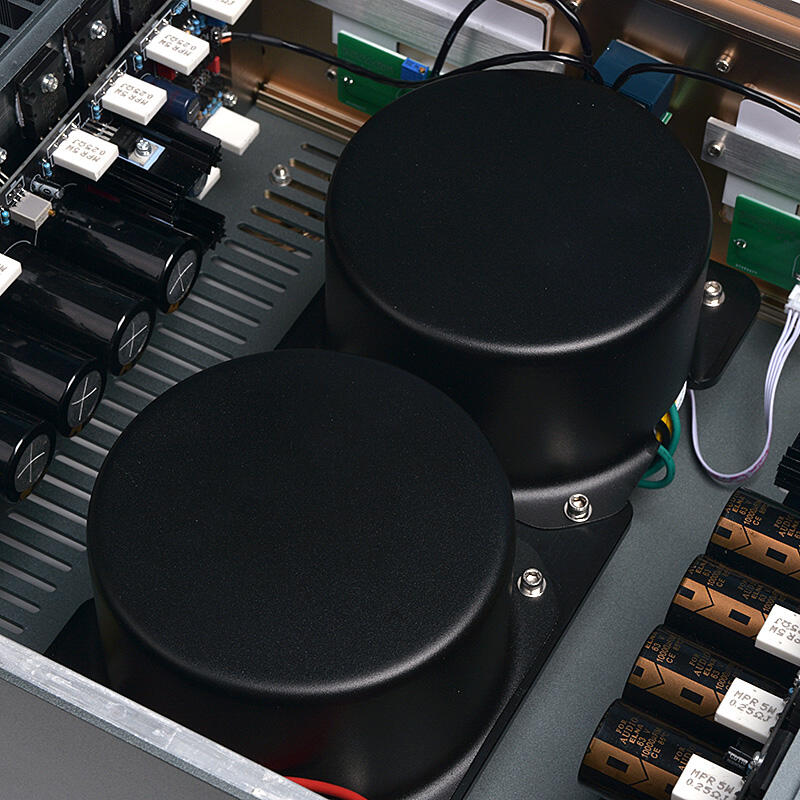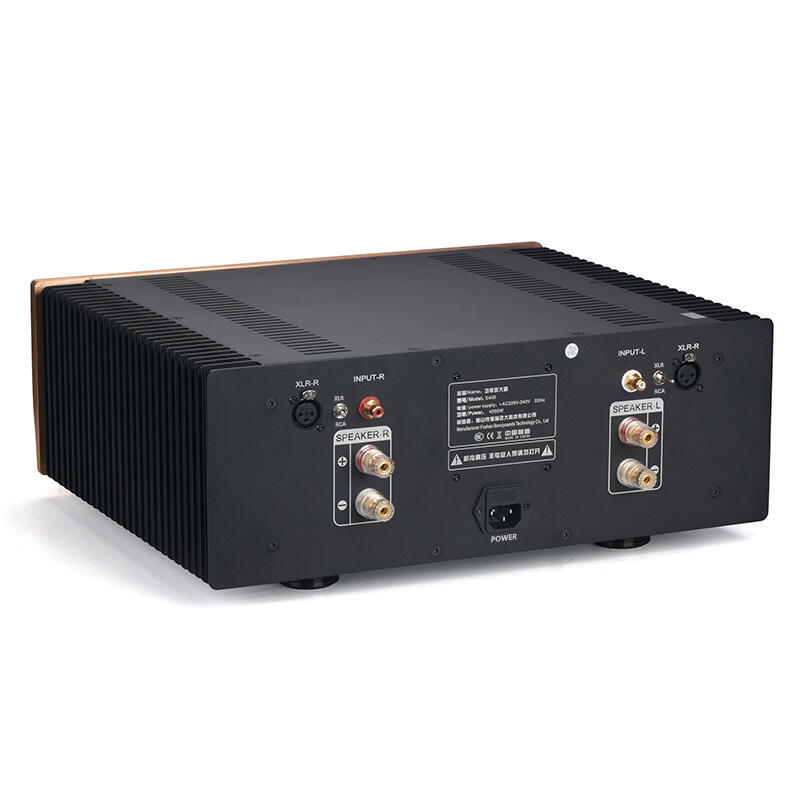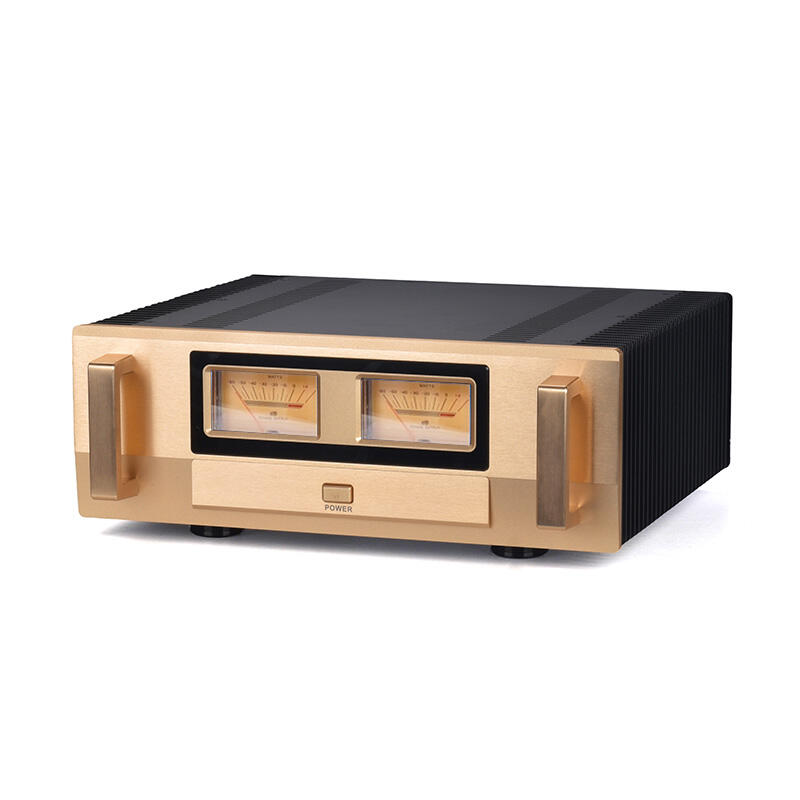best class a integrated amplifier
A Class A integrated amplifier represents the pinnacle of audio amplification technology, delivering unparalleled sound quality and performance. These sophisticated devices combine a preamplifier and power amplifier in a single unit, operating in pure Class A mode where the output transistors conduct continuously. This design approach eliminates crossover distortion and provides the most linear and musical reproduction possible. The best Class A integrated amplifiers typically feature high-quality power supplies, carefully selected components, and robust build quality to ensure optimal performance. They often include multiple inputs for various source devices, balanced XLR connections, and high-grade volume control circuits. These amplifiers are known for their exceptional detail retrieval, warmth in sound reproduction, and ability to drive speakers with authority and finesse. Modern Class A integrated amplifiers often incorporate advanced protection circuits, remote control capabilities, and digital inputs to accommodate contemporary audio sources. Their sophisticated engineering ensures stable operation under various conditions, while maintaining the purest possible signal path for maximum fidelity.

